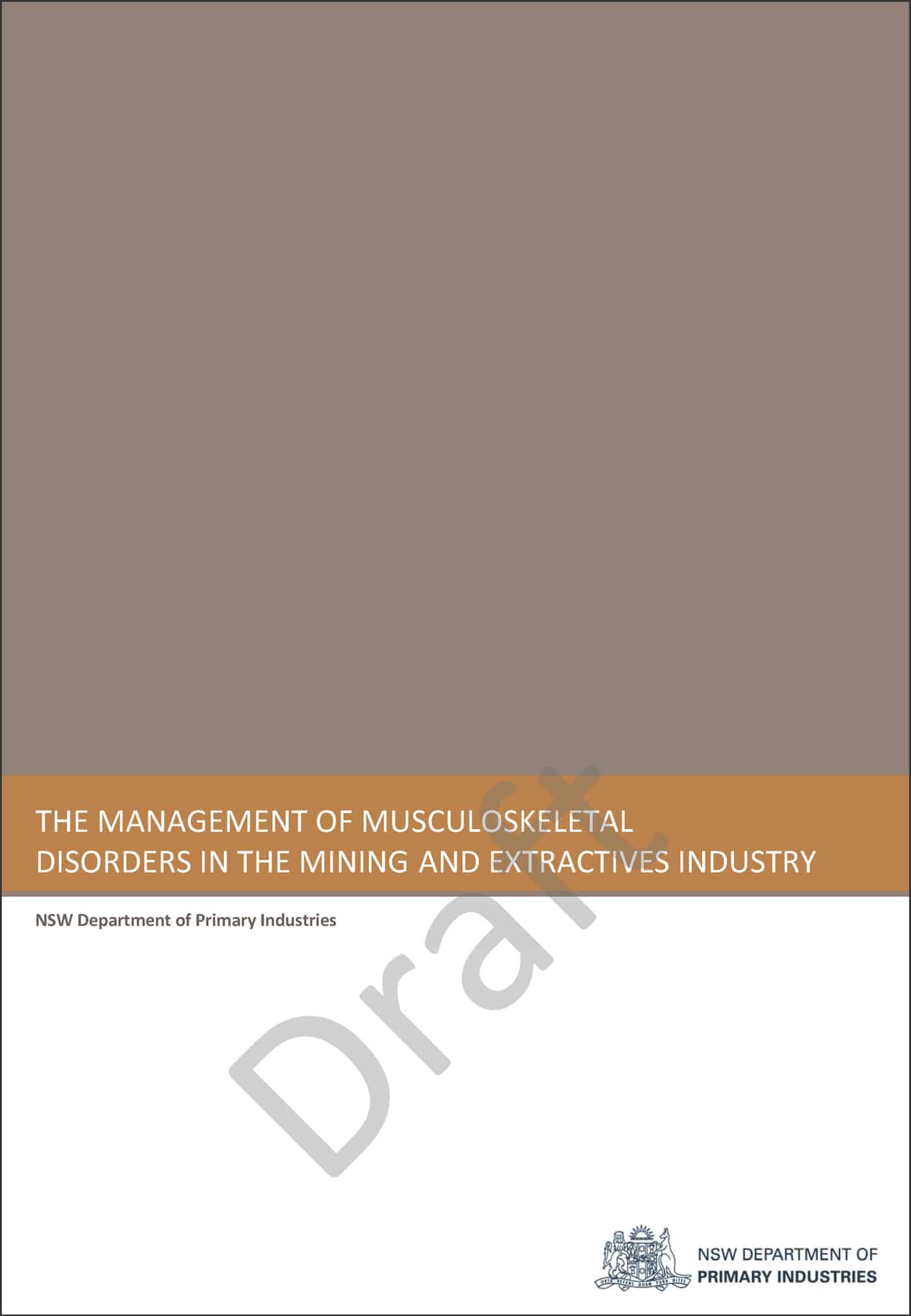There is a strong campaign to improve the level of professionalism in occupational health and safety in Australia. Several safety-related bodies have achieved this already by being far-sighted and progressive, others have not. Concerns over the inconsistency of health and safety advice spurred WorkSafe Victoria to coordinate the establishment of a Health & Safety Professionals Alliance (HaSPA).
However it is possible that even this very recent initiative is becoming outdated.
Lessons from Accountants
One of the models that HaSPA is following is that of the accounting profession. Certification of this profession has existed for decades and has been supported by government as the preferred avenue for tax preparation and other similar financial measures. The prominence and solidity of the qualification and the diligence of enforcement by the professional bodies is impressive but part of that sector will soon become regulated by legislation.
Legislation being considered by the Australian Parliament will, according to media reports,
- establish minimum standards for those professionals completing taxation returns;
- maintain a registry of those suitably qualified;
- improve the quality of advice of those not already in an accountancy professional body;
- establish a national tax practitioner board;
- introduce a code of professional conduct; and
- develop civil penalties for certain types of misconduct by tax practitioners.
HaSPA has many hurdles to meet through its member bodies but there are several external to the process that should be considered.
Where’s the evidence?
Safety professionals are constantly advocating for evidence-based decisions. Sometimes this comes from researchers who also have one eye on research grants but given that decisions should be based on evidence, is there evidence that safety professionals have provided poor advice in the past? If so, where is it?
Buyer Beware
Also, is this so important? OHS legisaltion throughout Australia stipulates that the principal responsibility for managing safety in the workplace resides wiht the employer. The employer has an obligation to maintain a suitable state of knowledge of the hazards in their workplace and can seek advice from external advisers, should they choose. Why should caveat emptor not apply in the case of safety consultants?
The debate on OHS professionalism can be seen as a tussle between caveat emptor and caveat venditor with the argument tilting toward emptor because of the employer obligations in OHS law.
The move to somehow regulate the safety profession is an acknowledgement that the profession, as a whole, has done a poor job of regulating itself and establishing its credentials in the marketplace.
The business community is struggling with the global financial crisis showing that a free market leads to greed and chaos at the same time it is ideologically opposed to regulatory interference. The government’s OHS legislation is being pushed as an update, not new, in order to minimise the opposition from business. The business cost benefits are also being heavily promoted.
Could an argument be made that workplace safety could be improved more quickly and more effectively through a national registration of the safety profession? Accountancy is providing a model. Private certification is available in North America. Singapore already registers its safety professionals.
Either way, let’s see some evidence.

